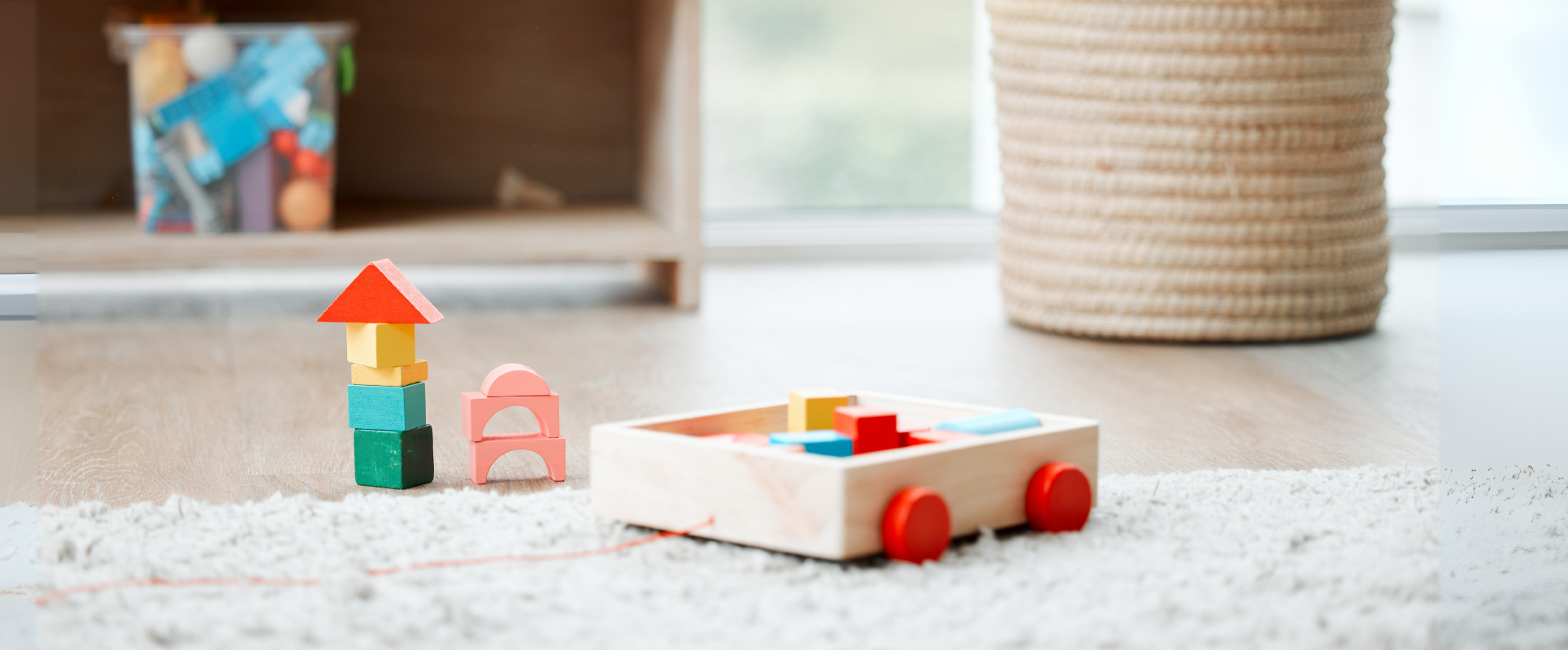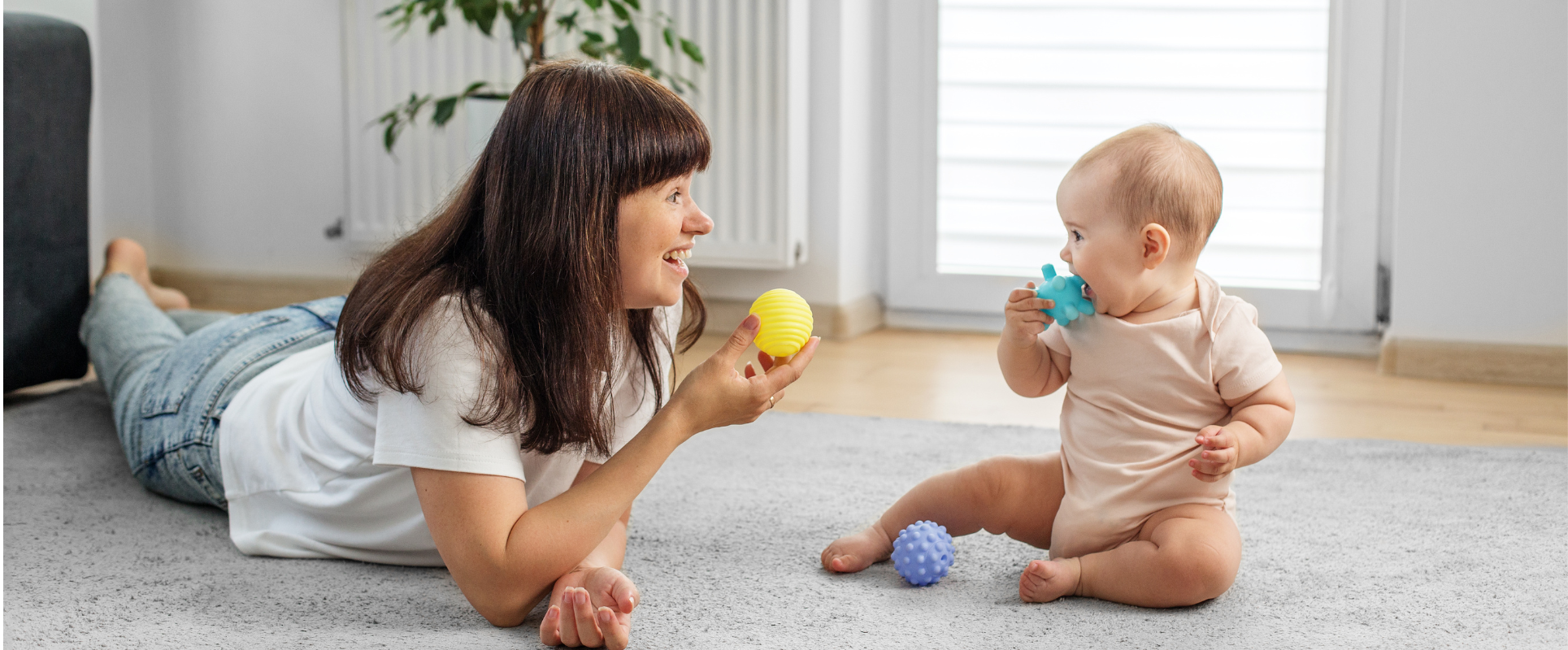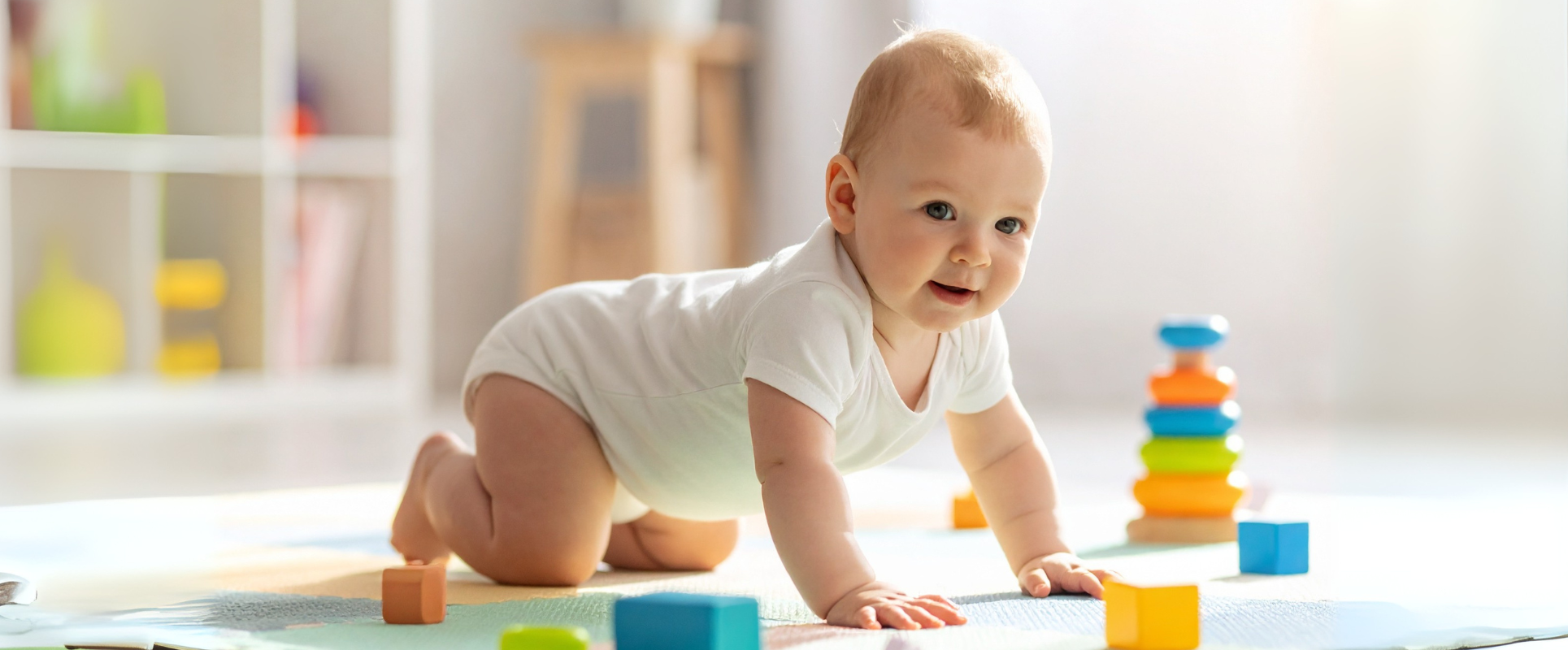
How to Arrange a Child-Friendly Living Space: Practical Tips for Safety, Comfort & Growth
A child-friendly home is not only about decoration—it is about creating an environment where little ones feel safe, curious and free to grow. The right design choices reduce accidents, encourage independence and make everyday routines easier for parents. Whether you are setting up a nursery, reorganizing your living room or adjusting spaces for a growing toddler, thoughtful planning brings peace of mind and supports healthy development.
What Makes a Living Space Truly Child-Friendly?
Every child-friendly home rests on a few essential principles:
-
Safety first: prevent falls, burns, choking or contact with toxic materials.
-
Scaled for children: furniture that matches their size, helping them sit comfortably, play freely and move safely.
-
Flexibility: spaces and furniture that adapt as children grow.
-
Stimulation & calm: areas for active play balanced with cozy corners for reading and rest.
-
Easy to clean: durable, washable surfaces reduce stress for caregivers.
These principles are not abstract—they shape daily life. For example, a low shelf that allows a child to choose their own toys nurtures independence, while a rounded table corner may prevent tears after a fall.
Layout & Furniture: Creating Spaces That Work
-
Play & living areas: Keep floor space open. A soft rug or play mat becomes a safe stage for crawling, building and jumping. Lightweight furniture allows quick reconfiguration as play evolves.
-
Furniture stability: Anchor bookcases and TVs to the wall. Rounded corners or corner protectors reduce the risk of cuts and bruises.
-
Child-sized furniture: A table where a child can sit with both feet flat on the floor invites them to draw, eat or build with confidence. Adjustable chairs and modular designs save money in the long term.
-
Visual and acoustic comfort: Gentle lighting, daylight and quiet zones help balance active play with peaceful rest.
Safety: Protecting What Matters Most
Safety is the foundation of every child-friendly home.
-
Electrical & fire safety: Cover outlets, secure cords, install smoke detectors and check them regularly.
-
Windows & balconies: Use safety guards, keep furniture away from windows and choose cordless blinds.
-
Stairs & floors: Safety gates, non-slip mats and stable rugs prevent falls.
-
Hazardous substances: Lock away cleaning products, medicines, batteries and small choking hazards.
-
Sleep areas: Infants need cribs free of loose bedding; toddlers sleep best on low beds to prevent falls.
Materials & Decoration: Beauty with Purpose
Children deserve surroundings that are both beautiful and safe.
-
Use non-toxic paints and low-VOC finishes to protect air quality.
-
Choose washable fabrics and stain-resistant materials that handle daily messes.
-
Provide accessible storage—bins and low shelves encourage children to tidy up and build responsibility.
-
Create zones: a reading nook with soft cushions, a play corner with blocks, a craft space with washable surfaces. Even small homes can offer variety by dividing space with rugs or shelves.
Designing for Growth
Children’s needs change quickly. Designing for adaptability ensures that your home grows with them:
-
Adjustable furniture that evolves from toddler to school age.
-
Neutral décor for walls and large pieces, with playful touches (pillows, rugs, wall stickers) that can be swapped as tastes change.
-
Storage that transforms: today’s toy basket becomes tomorrow’s art supply shelf.
-
Flexible lighting—dimmers or layered lamps that suit both energetic playtime and bedtime calm.
Cleanability & Maintenance
A child-friendly home is easier to maintain when planned well.
-
Smooth, wipeable floors and non-porous surfaces.
-
Machine-washable covers for sofas and chairs.
-
Accessible cleaning tools stored safely out of reach.
-
Regular checks on furniture anchors, toys and safety devices.
Benefits of a Well-Designed Child-Friendly Home
-
Fewer accidents and injuries.
-
Healthy posture and comfort through ergonomic furniture.
-
Environments that support learning, creativity and emotional balance.
-
Less stress for parents—spaces are easier to clean, safer to manage and enjoyable to share.
-
A home that grows sustainably with your child, reducing waste and long-term costs.
Conclusion
A child-friendly living space is not about perfection—it is about thoughtfulness. Every anchored shelf, every washable fabric, every cozy corner is a signal to your child: you are safe, you are valued and this is your place to grow. With careful choices, your home becomes more than a backdrop to childhood — It becomes an active partner in your child’s journey.







